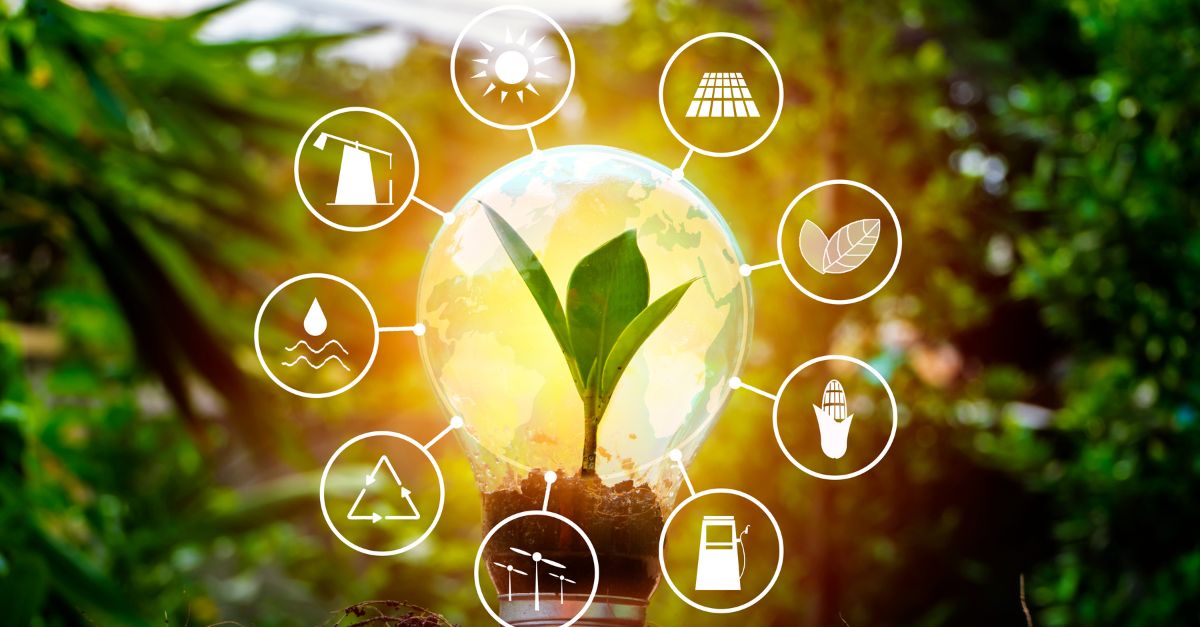With the aim of dealing with the issue of climate change, many countries around the world are setting targets for reducing the emission of greenhouse gases and adopting alternative sources of energy. Therefore, renewable energy is the subject of the moment.
In Brazil, the renewable source is gaining more and more projection with records being broken and attracting national and international investments. The strengthening of clean sources, develop the national economy and make the country a reference in clean and renewable electricity generation.
The records achieved in 2022
Currently, hydroelectric generation is the most used source of electricity generation in the country. The reason is due to the development and investments made in the source for decades and due to the favorable river dispositions that allow the type of generation. However, as it is a source dependent on rainfall and because there is a limit to the expansion of the model, in recent years, other sources have gained relevance in the electrical matrix.
In 10 years, renewable energy in Brazil grew by around 30%, which represents 43.5% of the country’s entire energy matrix. This presence is even greater if we consider only electrical energy, which totals 82%, while the world index is approximately 20%
In 2022, Brazil reached a record for energy generation from renewable sources. According to the Electric Energy Trading Chamber (CCEE), the country surpassed 92% of renewable energy with the participation of hydroelectric, wind, solar and biomass plants in the total generated by the National Interconnected System (SIN), the highest percentage of the last decade .
Of the 67.3 thousand MWm produced last year, 62 thousand MWm were generated from renewable sources, proving the increase in investments in renewable projects, mainly wind and solar, and opening doors for those that are still in traction, such as biomass.
Centralized solar generation had an increase of 64.3% compared to the previous year. In all, more than 1,400 average MW were produced. The arrival of 88 new solar farms to the SIN made the segment reach 4% of representation in the national matrix.
Of this percentage, with the normalization of rainfall, hydraulic generation had an increase of 17%, reaching 48 thousand average MW. Wind generation grew by 12.6%, adding an average of 9,000 MW to the electricity grid. Currently, the 891 wind farms generate 25,000 megawatts of installed capacity. Biomass generated an average of 3,000 MW, increasing 0.3% in installed capacity with its 321 plants.
The advantages of using renewable sources
The main advantage of renewable energy is that it is clean and inexhaustible. Harnessing renewable sources of energy can also become cheaper than fossil sources, especially in Brazil, which is abundant in sun, water and wind.
In addition, renewable energy sources are more sustainable options, as they do not release greenhouse gases or other polluting waste into the atmosphere. This makes renewable sources a great option for improving air and soil quality.
Therefore, the adoption of renewable energy in Brazil is essential for the energy transition, decarbonization and reduction of social impacts and has large growth projections endorsed by the government and the GHG emission reduction plans and global targets.






